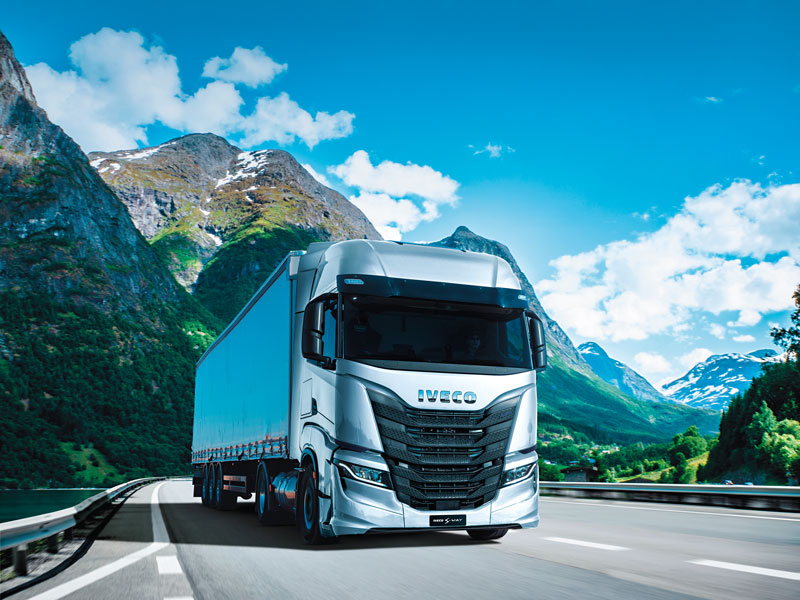
Top 5
The automotive and transport industries are continuously evolving, and today’s real challenge is the ability to create value in the context of these changes. Many parts of life as we knew it were irreversibly altered when the pandemic struck, and while the transition to a circular and greener economy had already begun, the recovery from COVID-19 should serve as a catalyst for change in the automotive and long-haul trucking industry. The sector’s growth prospective will highly depend on the strong commitment to leading the change to a more sustainable future and increasing the focus on technology and innovation.
Leading the transition
Climate change and the race to net zero are arguably among the greatest challenges that the automotive and transport industries have ever faced. As a whole, the UN’s Intergovernmental Panel on Climate Change (IPCC) estimates that these industries are responsible for approximately 23 percent of total energy-related CO2 emissions.
The solutions devised to ensure the achievement of sustainable logistics are diverse in their nature and scope – from fuel-efficient vehicles, and cleaner fuels, to alternative driveline technologies such as electric cars and trucks. Additionally, in order to increase the autonomy of vehicles and to create more sustainable transport solutions, it is essential to explore other solutions towards net zero emissions in a broader perspective, such as bio-methane.
Technology: the key pillar of growth
Innovation and sustainability go hand in hand as the use of technology is essential for reducing emissions and preserving the environment. The sector has responded to the pandemic by focusing more heavily on innovation as it is fundamental to respond to the evolving needs of the automotive market to ensure the industry’s transformation and adapt to a changing world. Currently, we are in an industrial revolution with exponential innovation everywhere. The key to success in this disruptive environment is to accelerate the introduction of new technologies through a new way of working, leveraging on a vast variety of different competencies inside a broader ecosystem of players and partners, as this will be the most important competitive advantage.
We don’t fight the change, rather we will use its energy and momentum to transform our sector
With the fundamental and profound shifts in technology taking place, our objective is clear: embracing powerful market trends and anticipating the products and services that customers need. We don’t fight the change, rather we will use its energy and momentum to transform our sector – as well as our whole economic system – for a sustainable future.
An important factor to be aware of is the changing mobility needs of people and goods. European and global fleets are setting ambitious decarbonisation targets, and continued investments in research and development will open the door to unlimited possibilities. R&D is also the answer to advancing technology and analytics in business models, offering innovative solutions for vehicles and powertrains.
Fully integrated
There is another big transformation underway linked to product connectivity and the internet of things. We are going to see more and more trucks and commercial vehicles fully integrated into a broader, connected ecosystem, and this will enable vehicle-to-vehicle and vehicle-to-infrastructure communication. It will also foster green, and in some cases autonomous, transport solutions that offer clear benefits for the entire value chain in terms of efficiency.
Energy transition, vehicle connectivity and digitalisation, and autonomous driving are the key areas of the technological roadmap we should keep in mind and leverage on. All these innovations in the wider automotive industry represent a unique opportunity for the trucking sector to confirm and solidify its central position in the global trade ecosystem.
Our ambition is to make them merge and interact together in order to offer sustainable and connected transport solutions, while transforming business models. This approach will help to not only increase the share in the multi-billion-euro profit pool of commercial vehicles worldwide, but also to step up our offering. Only by leveraging on the opportunities offered by new technologies will we be able to secure a long, prosperous and sustainable future for our sector.


